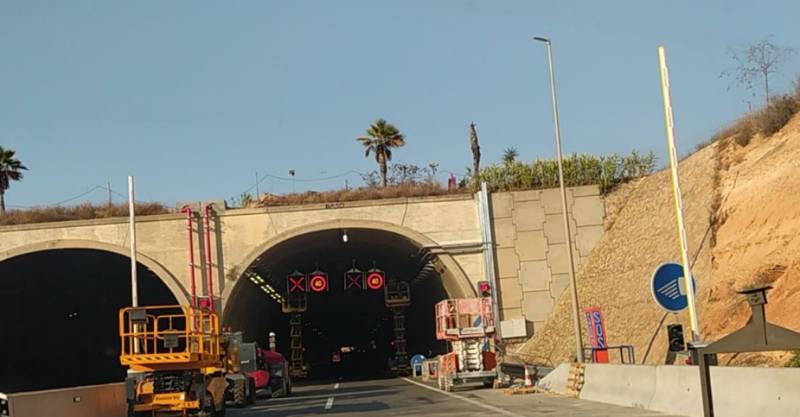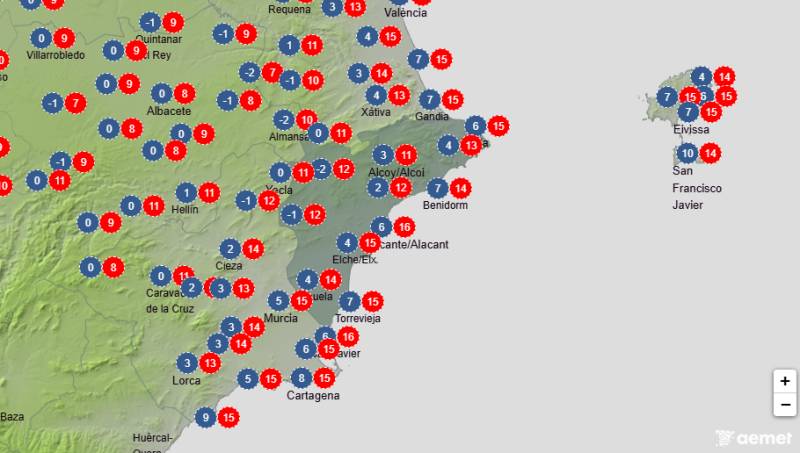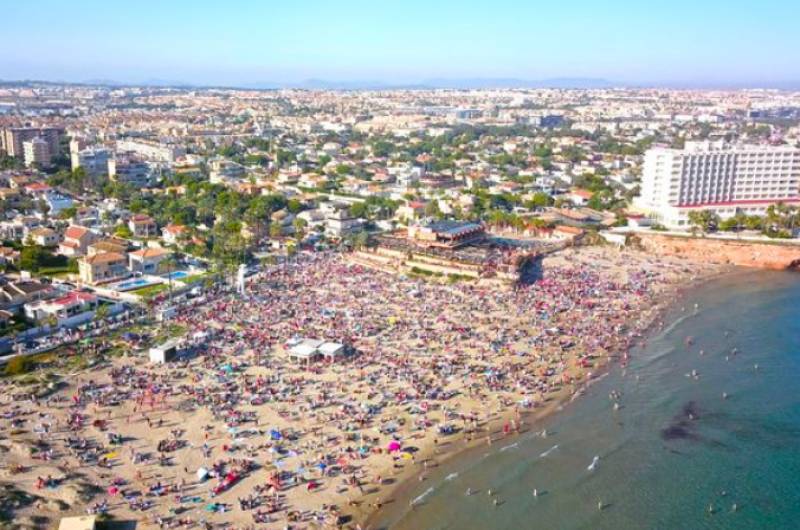

Guidelines for submitting articles to San Pedro del Pinatar Today
Hello, and thank you for choosing San Pedro del Pinatar.Today to publicise your organisation’s info or event.
San Pedro del Pinatar Today is a website set up by Murcia Today specifically for residents of the urbanisation in Southwest Murcia, providing news and information on what’s happening in the local area, which is the largest English-speaking expat area in the Region of Murcia.
When submitting text to be included on San Pedro del Pinatar Today, please abide by the following guidelines so we can upload your article as swiftly as possible:
Send an email to editor@spaintodayonline.com or contact@murciatoday.com
Attach the information in a Word Document or Google Doc
Include all relevant points, including:
Who is the organisation running the event?
Where is it happening?
When?
How much does it cost?
Is it necessary to book beforehand, or can people just show up on the day?
…but try not to exceed 300 words
Also attach a photo to illustrate your article, no more than 100kb

Torre del Moro, Torrevieja
This is a former watchtower built to warn of pirate attacks along the Torrevieja coastline
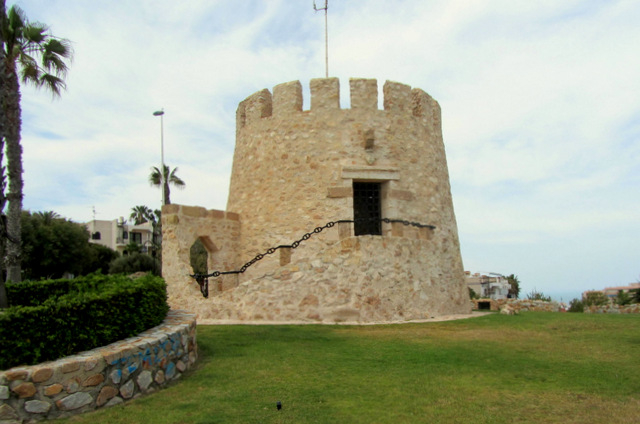 The Torre del Moro is one of many watchtowers along the coast of south-eastern Spain which were built in the Middle Ages and Early Modern times to warn inhabitants of the arrival of Berber pirate raiders from the north coast of Africa.
The Torre del Moro is one of many watchtowers along the coast of south-eastern Spain which were built in the Middle Ages and Early Modern times to warn inhabitants of the arrival of Berber pirate raiders from the north coast of Africa.
There used to be at least two other watchtowers in Torrevieja: one was located on Cabo Cornuda, and gave the town its name, but only the base of this structure remains, while the other can still be seen in La Mata.
The Torre del Moro is unusual in that it still stands, but not in its original form. Over the centuries it has undergone numerous modifications, and little is left of the structure which was first built to protect the salt production of the area in the 13th and 14th centuries. At that time Torrevieja still belonged to Orihuela, and it was King Jaime II who authorized the construction of the towers in the early 14th century. Whether this one was built on the foundations of an earlier structure is not known.
When raiders were sighted fires would be lit on top of the towers, which acted as a network of beacons to warn the authorities elsewhere on the coast and inland.
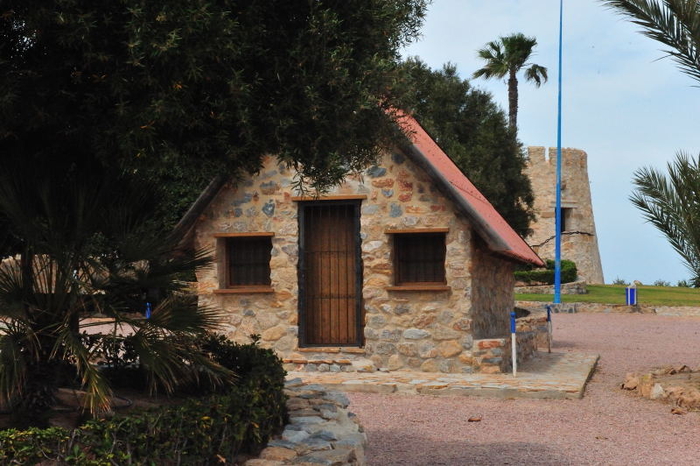 In 1378 the Torre del Moro was attacked by raiders on board two Berber ships and the militia from Orihuela had to be called out to repel the assault, but little else is known of its role in protecting the coastline except that as late as the 16th century its role was still important enough for restoration work to be carried out by the engineer Juan Bautista Antonelli.
In 1378 the Torre del Moro was attacked by raiders on board two Berber ships and the militia from Orihuela had to be called out to repel the assault, but little else is known of its role in protecting the coastline except that as late as the 16th century its role was still important enough for restoration work to be carried out by the engineer Juan Bautista Antonelli.
Further restoration work was necessary after the 1829 earthquake which destroyed much of the town, and in the 1960s an exterior staircase was added. The last substantial modification was in 1994.
By today’s standards, of course, this is quite a modest structure, reaching a height of no more than ten metres at the most, but due to its location high above the bay below it still commands the same impressive views out over the Mediterranean which caused it to be built in the first place. To the left it is possible to see past La Mata towards Guardamar, Santa Pola and the island of Tabarca, while to the right the view encompasses the Mediterranean, La Manga del Mar Menor and Cabo de Palos. Unfortunately, from the bottom of the tower and the park which has been laid out around it many of these views are obscured by modern residential developments.
In the park there is also a modern sculpture which pays homage to the sun and tourism, as well as a barraca serving snacks and drinks.
It's a useful location to stop off at for a quick photo and a snack if heading for the natural La Mata visitor centre and lake for a walk or cycle ride.
Location:
The Torre del Moro is on Avenida Alfredo Nobel, the main coastal road from Torrevieja to La Mata, around 5km from the town centre of Torrevieja.
Click for map, Avenida Alfredo Nobel, Torrevieja













